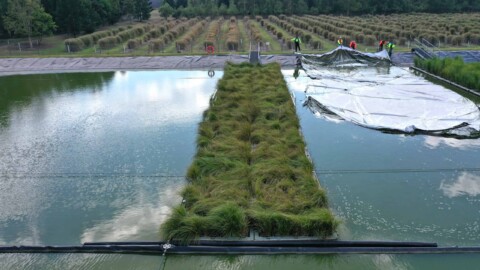Is it really possible for companies to go fully paperless? And if so, is it a moon-shot or a slam dunk?
In reality, going paperless is not only viable, but more easily achieved than you might think. Information technology software has matured enough to completely automate cross-functional workflows, and rugged mobile computers have proven more than capable of serving as reliable “command and control” devices for workers that spend their days on the move. The days of true fixed terminal PCs and pounds of paper-based technical manuals are fleeting.
Should every company completely digitalise their operations, though? Many approach this as an incremental path — automate process A, then process B, etc. But with the complete solutions available today, does it make sense to move so slowly, especially when the benefits of automation are so dramatic in reduced costs, higher quality service, and improved customer satisfaction? It depends on whether you have the confidence, commitment and know-how to work through the complexities common during a digital transformation. And, do you have the right mobility solution to foster a digital-only workflow and data management system for today’s widely disseminated workforce?
Substantial Opportunity, Even More Sizeable Task
In an August 2017 survey, many New Zealand businesses revealed they were finding it nearly impossible to go fully paperless, despite the many technology resources available to facilitate such a transition. Instead, they were leaning into a “paper-light” model that reduced paper processes and printing, but didn’t fully eliminate hard copy workflows or recordkeeping.
Over a year later, VDC Research reports that field service organisations still find it difficult to effectively apply modern technologies in support of “last mile” service delivery as quickly as desired and necessary:
“From the pervasive use of inflexible legacy solutions to the limited visibility into the complete field service workflow provided by existing processes—often still pen and paper based, the opportunity to modernise the job-site field service operations is substantial. Nowhere is this more evident than at the point of asset interaction where technicians are performing maintenance and inspection services…”
While the continued use of “inflexible legacy solutions” will curb progress towards meaningful business modernization, the truth is that organizations aren’t struggling to execute a fully paperless operation because of technological limitations. The many mobile software and hardware solutions required to achieve complete digitalisation have been widely available and well-proven to support paperless processes for more than two decades. Rather, many companies are struggling for one of two reasons:
- They have chosen the wrong mobility solution for their various workers and workflows
- There have been oversights or missteps during technology implementation
“Specifically, existing solutions fall short of more seamlessly integrating job-site specific reporting into their field service management platforms, leading to poor or inaccurate workflow reporting and workflow inefficiencies. Moreover, the mobile computing and communications used by frontline field service technicians are often not optimised for highly mobile workflows….”
So, how can field service organisations more successfully identify mobile computing platforms that are optimised for frontline workers, and how do we ensure they are effectively integrated into each organisation’s unique business structure? It’s not enough to deploy out-of-the-box platforms from familiar consumer brands in order to check a few boxes and make the claim that you’re now a “mobile” organisation. Rugged tablet “knockoffs”, those that claim to be inherently rugged but lack quality engineering and testing, can be deceiving too.
This mobility playbook will guide you step-by-step through a successful implementation, whether digitalising a single business process within a single division or transitioning to a completely paperless operation company-wide.














